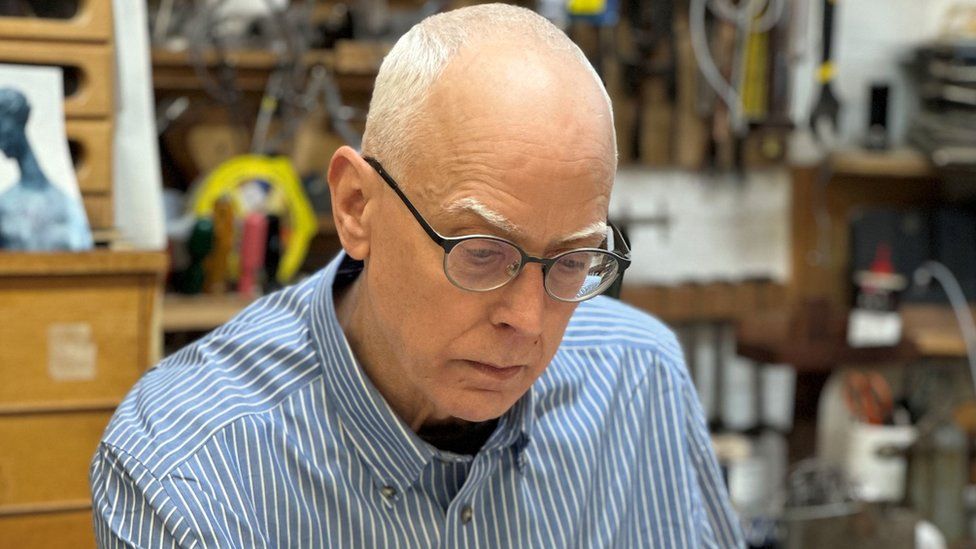Anthropology
Related: About this forumLondoner solves 20,000-year Ice Age drawings mystery
Source: BBC
Londoner solves 20,000-year Ice Age drawings mystery
5 January 2023
A London furniture conservator has been credited with a crucial discovery that has helped understand why Ice Age hunter-gatherers drew cave paintings.
Ben Bacon analysed 20,000-year-old markings on the drawings, concluding they could refer to a lunar calendar.
It led to a specialist team proving early Europeans made notes about the timing of animals' reproductive cycles.
Mr Bacon said it was "surreal" to work out for the first time what hunter-gatherers were saying.
Cave paintings of animals such as reindeer, fish and cattle have been found in caves across Europe.
-snip-
Read more: https://www.bbc.com/news/uk-england-london-64162799

Furniture conservator Ben Bacon made the initial discovery (Durham University/PA)

Dots like these from 23,000 years ago helped Ice Age hunter-gatherers survive (Henri Breuli/Durham University/PA Wire)
mopinko
(71,842 posts)just happened to see this ted talk the other day, from 7 yrs ago. this woman searched cave art all over the world and found a common set of symbols that are likely the beginning of written language.
fascinating talk. dont think this guy gets there w/o this research.
crickets
(26,148 posts)It was fascinating, and I wanted her to keep going in that "where's part 2?" kind of way.
rampartc
(5,835 posts)Warpy
(113,130 posts)The aurochs with calf plus four dots, I'm surprised nobody figured it out before now (I hadn't seen it in its entirety). The aurochs would have dropped the calf 4 moons past the midwinter solstice, mid March to late April, roughly when modern cattle do. I have to wonder if some herding was already taking place, the main reason you'd want to know when the calves would arrive is to know when the milk would arrive, although I can't imagine pinching it from something as ornery as an aurochs.
mopinko
(71,842 posts)Warpy
(113,130 posts)There wasn't enough meat or hide on a calf to risk annoying its mama.
Marthe48
(19,061 posts)She lays out her theory thoughtfully and succinctly.
tanyev
(44,544 posts)packman
(16,296 posts)“It’s an obvious timepiece,” Anthony Aveni says of the moon. Aveni is a professor emeritus of astronomy and anthropology at Colgate University in Hamilton, N.Y., and a founder of the field of archaeoastronomy. “There is good evidence that [lunar timekeeping] was around as early as 25,000, 30,000, 35,000 years before the present.”
When people began depicting what they saw in the natural world, two common motifs were animals and the night sky. One of the earliest known cave paintings, dated to at least 40,000 years ago in a cave on the island of Borneo, includes a wild bull with horns. European cave art dating to about 37,000 years ago depicts wild cattle too, as well as geometric shapes that some researchers interpret as star patterns and the moon.
https://www.sciencenews.org/article/moon-time-calendar-ancient-human-art
Old Crank
(4,701 posts)Glad I paid attention to him when he showed me the data.
An open mind leads to many good things.